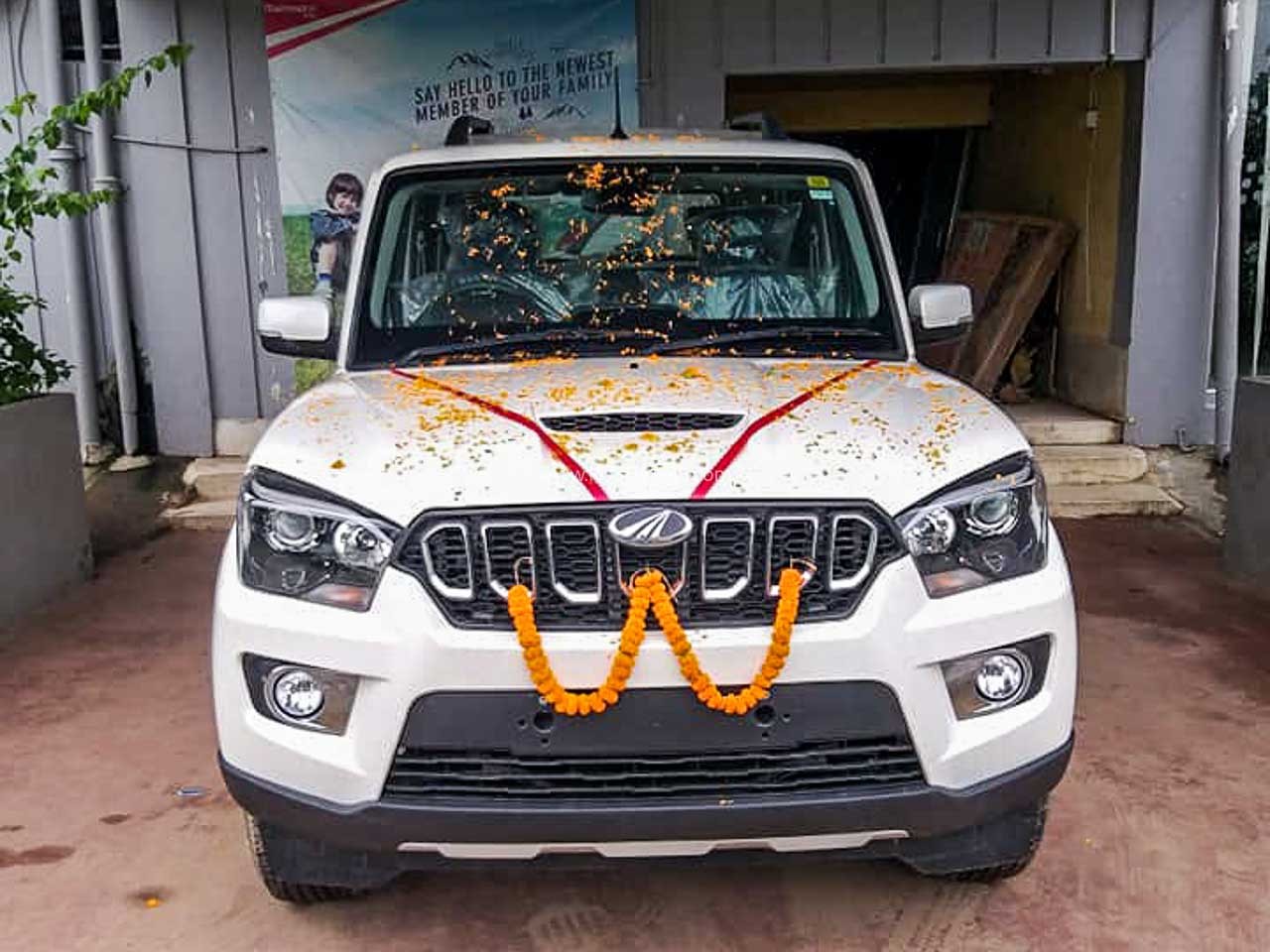A Mahindra Scorpio owner has filed an FIR against Anand Mahindra after his son died in an accident in which the airbags in the SUV failed to deploy. This incident highlights the importance of airbags in vehicles and the need for stricter quality control measures from automakers.
There is an incident in India where a Mahindra Scorpio owner's son died in an accident in which the airbags in the SUV failed to deploy. The owner has filed an FIR against Anand Mahindra, the chairman of Mahindra & Mahindra, alleging negligence and breach of trust.
Airbags are inflatable cushions that are designed to protect occupants of a vehicle in the event of a collision. They are deployed when sensors detect that a collision has occurred and inflate in a fraction of a second to provide a cushion between the occupant and the hard interior of the vehicle.
Airbags have been shown to be very effective in reducing fatalities and serious injuries in car accidents. According to the National Highway Traffic Safety Administration (NHTSA), airbags have saved an estimated 49,343 lives in the United States between 1990 and 2017.
However, airbags are not perfect. They can fail to deploy for a variety of reasons, including:
- Manufacturing defects: Airbags can be defective due to errors in the manufacturing process. This can include problems with the airbags themselves, the sensors, or the wiring.
- Software glitches: Airbag systems are controlled by software, which can also malfunction. This can cause the airbags to fail to deploy or to deploy at the wrong time.
- Improper installation: Airbags must be properly installed in order to function properly. If they are not installed correctly, they may fail to deploy or may deploy incorrectly.
- Environmental factors: Airbags can be affected by environmental factors such as extreme heat or cold. This can cause them to fail to deploy or to deploy incorrectly.
In the case of the Mahindra Scorpio accident, it is not yet clear why the airbags failed to deploy. However, the incident highlights the importance of airbags in vehicles and the need for stricter quality control measures from automakers.
History of airbags:
The first airbag patent was filed in 1952 by John Hetrick, an American engineer. However, it was not until the 1970s that airbags began to be installed in production vehicles.
In 1973, General Motors offered airbags as an option on the Chevrolet Impala and Oldsmobile Delta 88. Airbags became standard equipment on all new passenger vehicles in the United States in 1999.
Airbags have come a long way since they were first introduced. They are now more sophisticated and reliable, and they offer better protection for occupants in a variety of collision types.
How airbags work:
Airbag systems consist of the following components:
- Airbag sensors: Airbag sensors are used to detect a collision. They are typically located in the front and rear bumpers of the vehicle.
- Airbag control unit: The airbag control unit is a computer that receives signals from the airbag sensors and determines whether or not to deploy the airbags.
- Airbags: Airbags are inflatable cushions that are stored in the steering wheel, dashboard, and other areas of the vehicle.
- Inflator: The inflator is a device that is used to inflate the airbags in the event of a collision.
When an airbag sensor detects a collision, it sends a signal to the airbag control unit. The airbag control unit then sends a signal to the inflator, which ignites a small explosive charge. The explosive charge inflates the airbags in a fraction of a second.
Airbag safety:
Airbags are generally safe, but there are a few things to keep in mind to ensure your safety:
- Always wear your seatbelt. Airbags are designed to work with seatbelts, and they are not as effective without them.
- Make sure that you and your passengers are sitting properly in their seats. Airbags are not as effective if you are not sitting in the proper position.
- Do not place objects in front of the airbags. This can block the airbags from deploying or can cause them to deploy incorrectly.
If you are involved in an accident, it is important to have your vehicle inspected by a qualified mechanic to make sure that the airbags deployed properly. If the airbags did not deploy properly, the mechanic may be able to identify the problem and make the necessary repairs.

Comments (0)
Please login to join the discussion
Be the first to comment on this article!
Share your thoughts and start the discussion